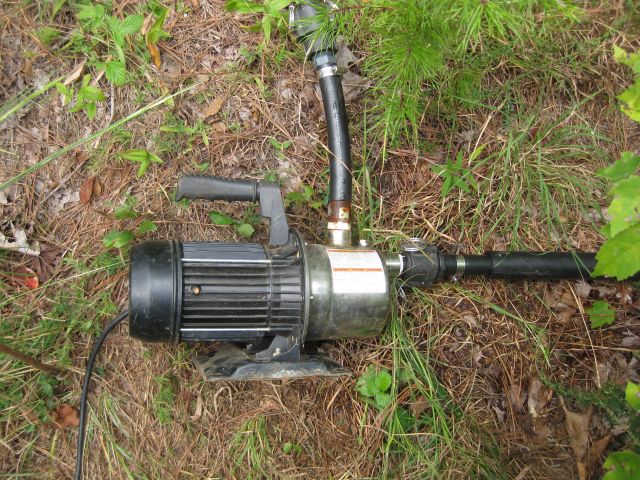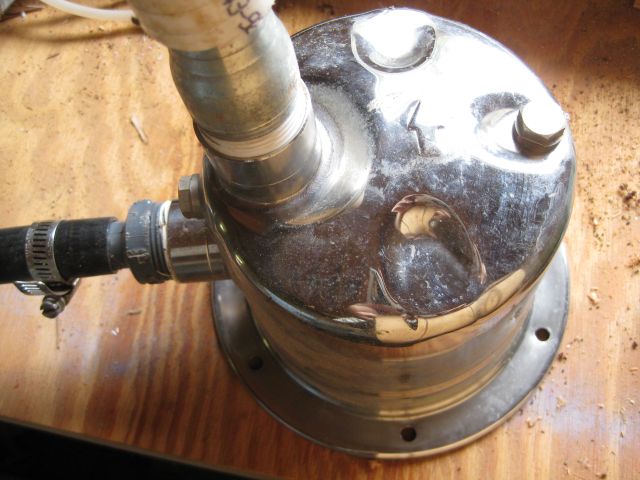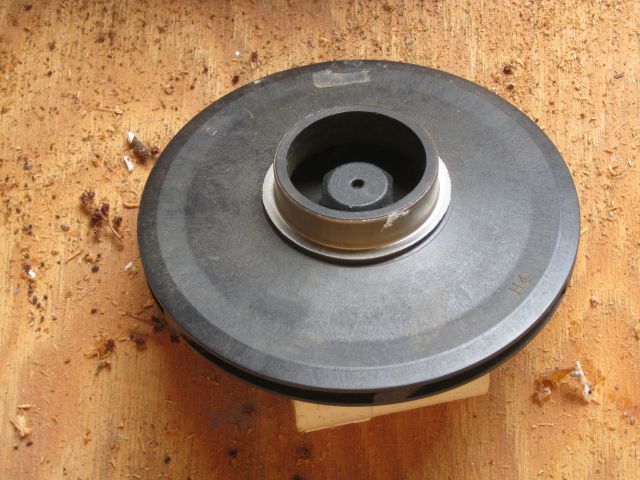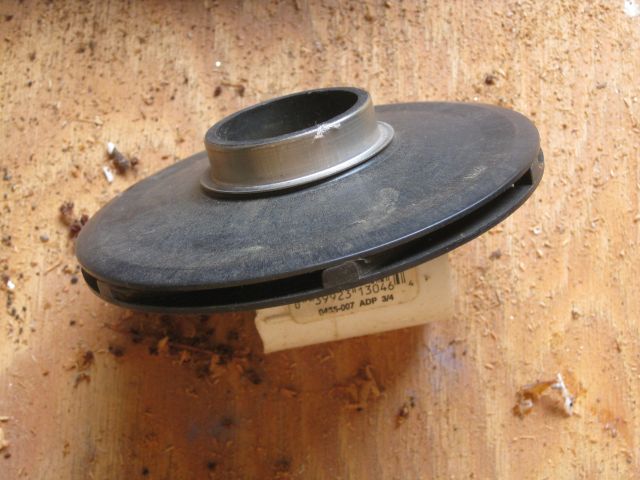As a matter of principal (or is it pride) I try do all my irrigation with rainwater collected in storage tanks. Total storage capacity exceeds 6k gallons. The design is fairly simply – I collect directly into 3 large storage tanks and then pump to two temporary tanks at the top of the hill, from which the water gravity feeds to the watering areas (see tab at top of website for full details). I also collect rainwater at two remote locations (the chicken coop and tractor building) and pump the water to the storage tanks. The rainwater entering the 3 large storage tanks passes through basket filters before entering the tanks. The rainwater at the two remote locations goes directly into the three temporary tanks, each with about 280 gallons capacity.
Unlike municipal or well water, rainwater arrives with debris. I have learned that I have to vigilantly check the water is flowing to the watering areas since algae or vegetation can easily clog the works. With a low pressure gravity system this invariably occurs whenever you don’t check. I am used to the routine and while observing water flow I also monitor the health of the plant or tree and look out for problems. Yesterday there was silver tracery around the base of a blueberry and a little investigating with a small stick unearthed a large slug which was then ejected to a less hospitable area. And I found numerous caterpillars demolishing my kale and hop plants and egg clutches of many more in waiting. They were consigned to a soap water container.
But this morning I had a new problem. I was pumping from the temporary tanks at the tractor building to a storage tank and after the pump had been in action for a few minutes I decided to check on water flow and noticed nothing was flowing. If there is air in the pump housing this can be the cause so I released the priming screw and made sure the housing was full of water but this did not solve the problem. The pump engine was working so I assumed the problem was with the impeller which the engine spins and the spinning of which drives the rainwater. As mentioned above, the temporary tanks do not have water filters and so I guessed that debris had clogged the impeller.

The part of the pump through which the rainwater moves is called the volute and can be clearly seen below.

The rainwater is pressured by the impeller which is spun by the motor. The water enters through the hole in the middle of the impeller.

Centrifugal forces created by the spinning of the impeller eject the rainwater through vanes on the circumference of the impeller as can be seen below.

It was a simple repair. I removed the housing (volute) and then cleared the twigs which had gathered at the entrance hole to the impeller. I carefully replaced the housing and the pump was vigorously back in action.
My conclusions from this episode are that I should: a) filter the rainwater entering the temporary storage tanks to eliminate debris; b) not pump all the rainwater out of the storage tank since the debris comes out last and if I had left 3 inches of rainwater at the bottom of the chicken coop tank the problem would likely not have occurred when I transferred the then clogged pump to the tractor building tanks, or (c) replace the standard pump with one designed to pump trash water. A trash water pump has a larger centrifugal impeller which will not clog as easily.
